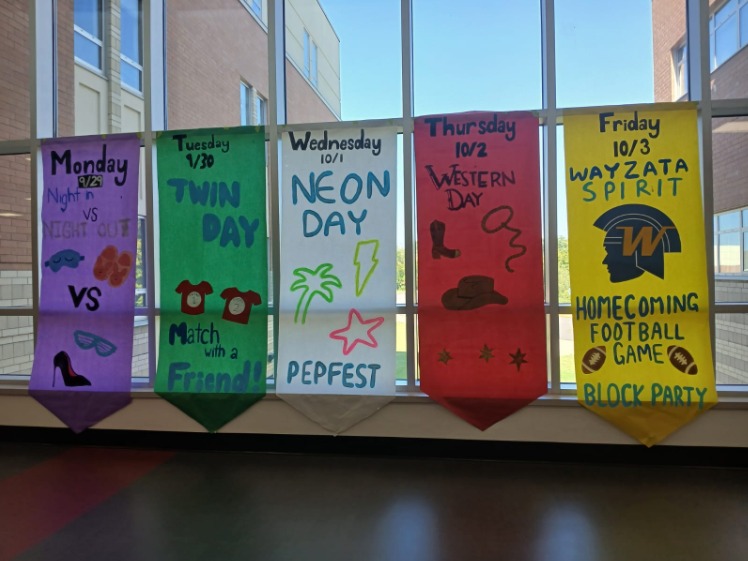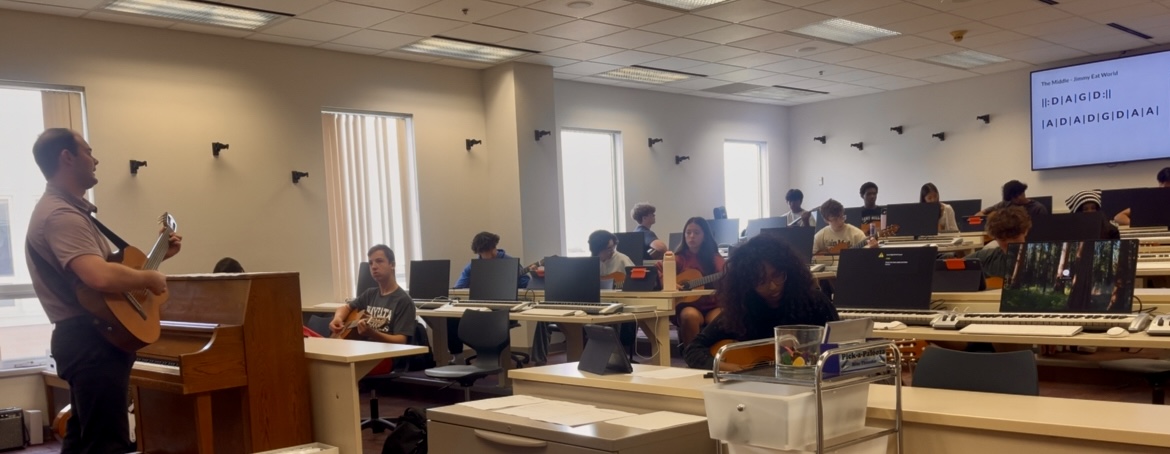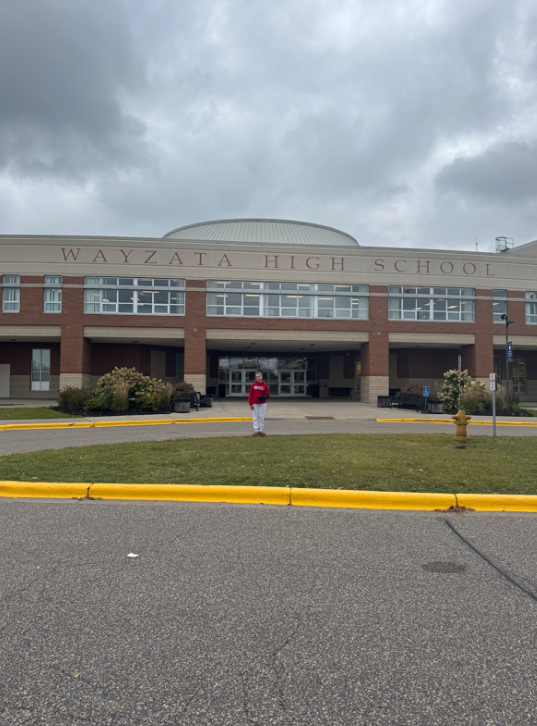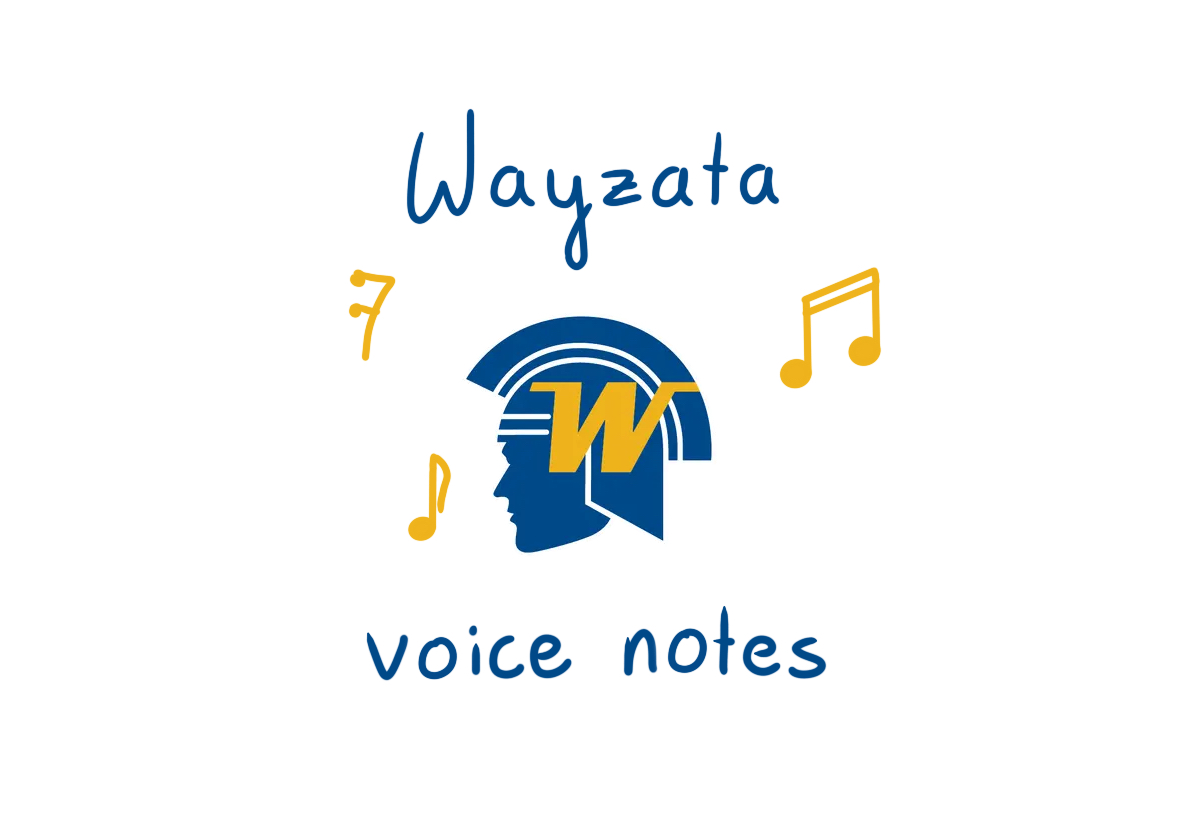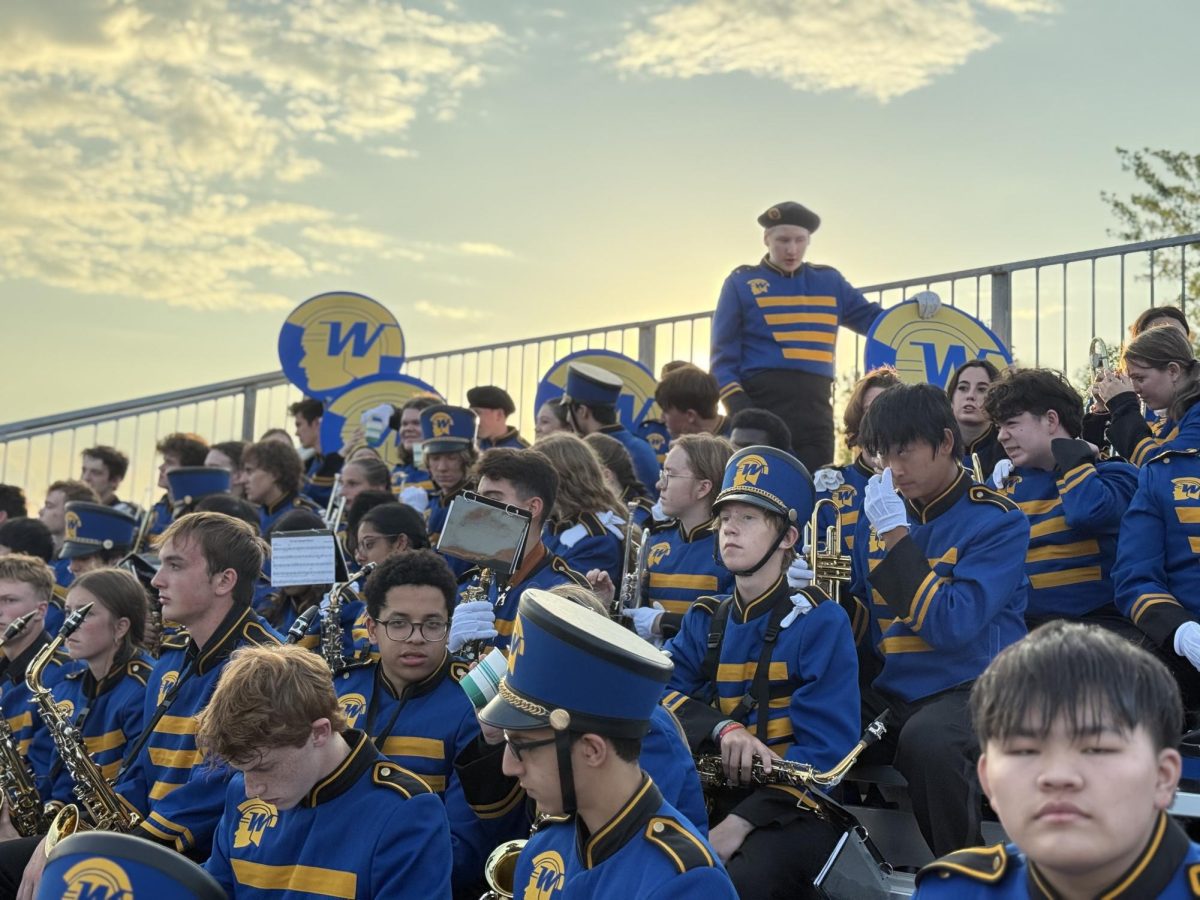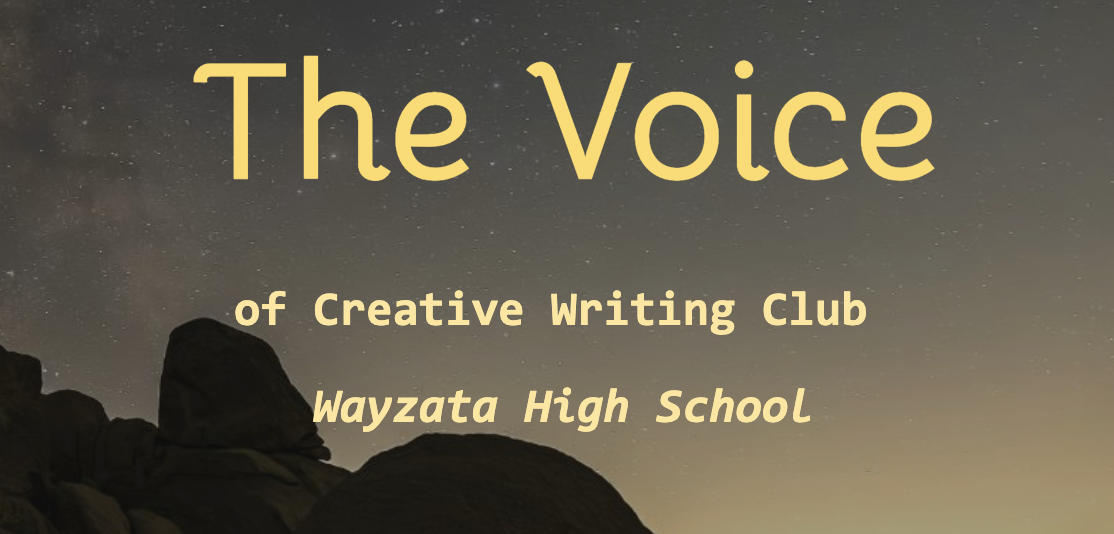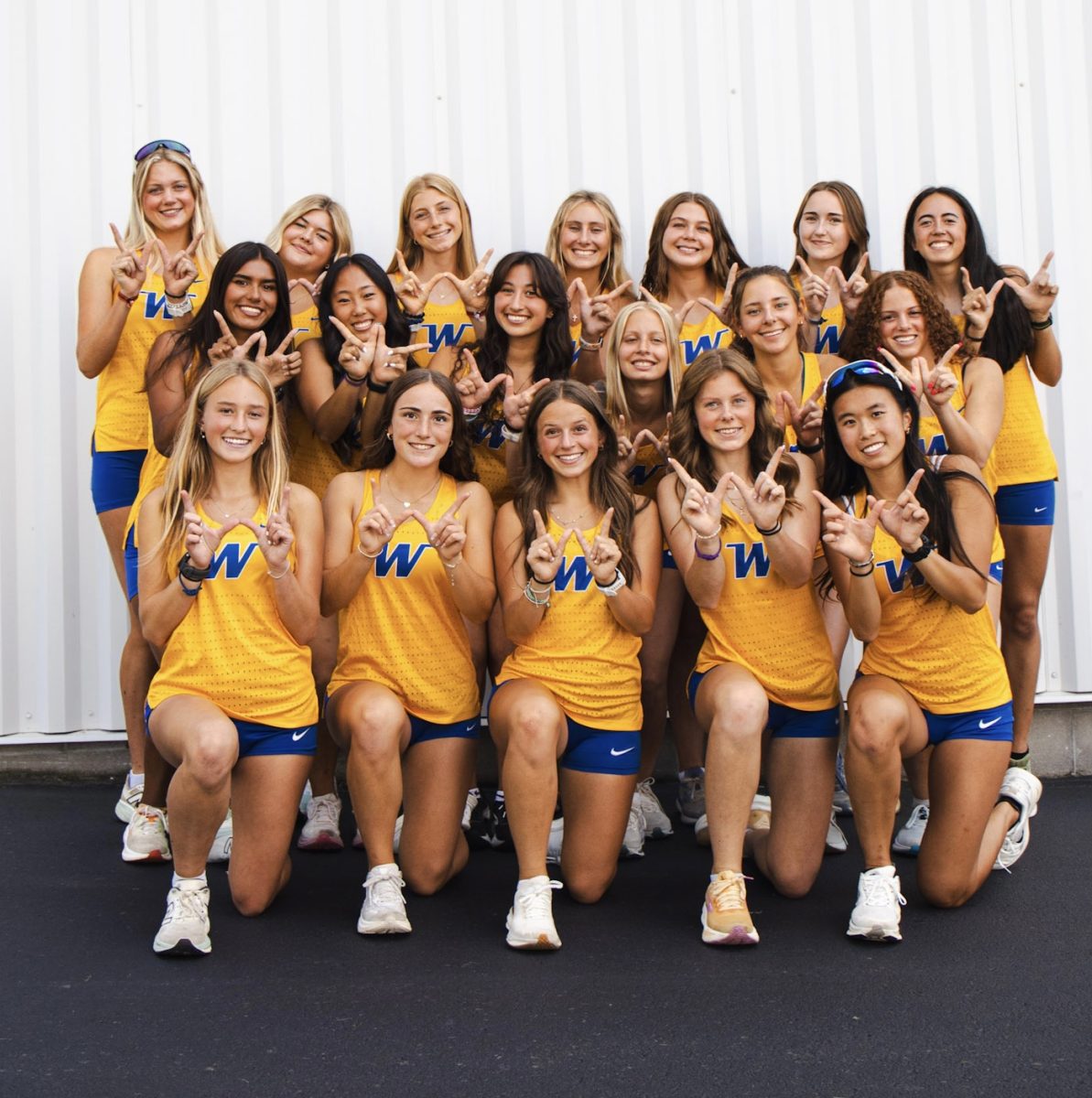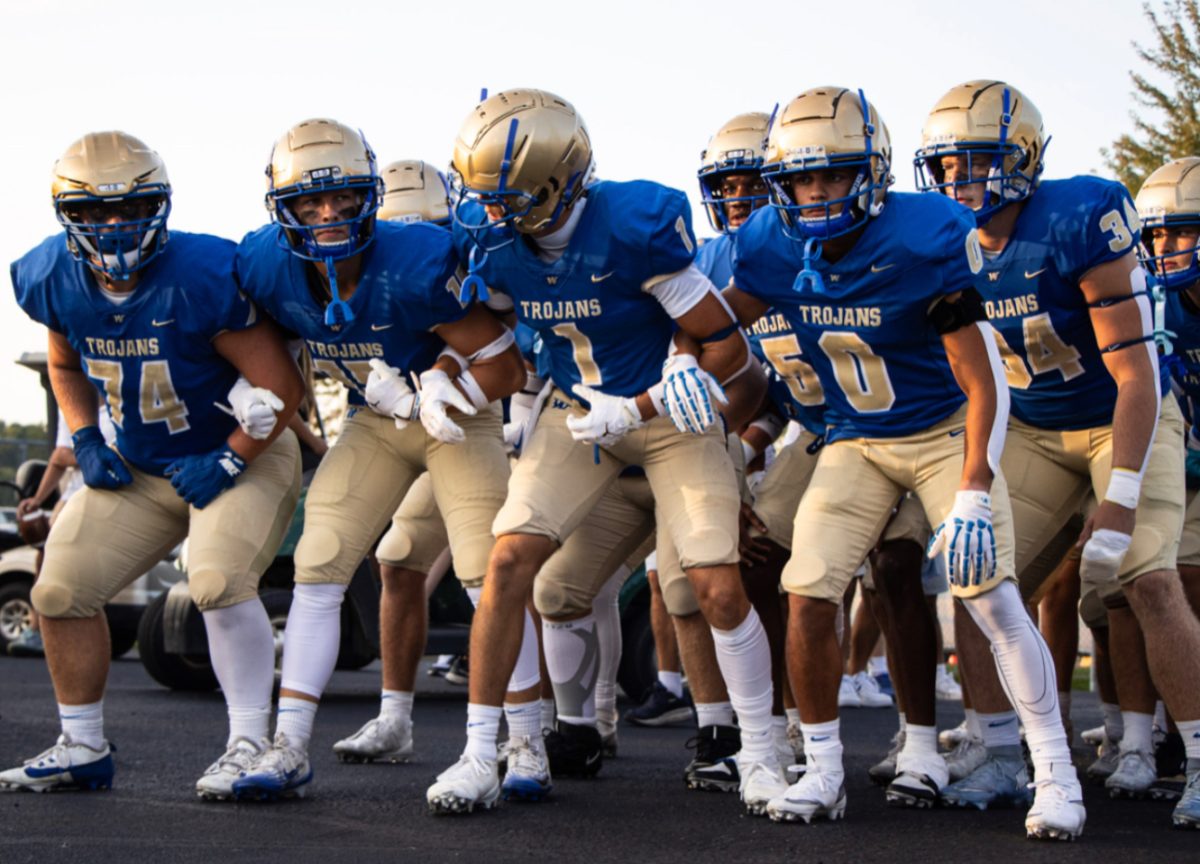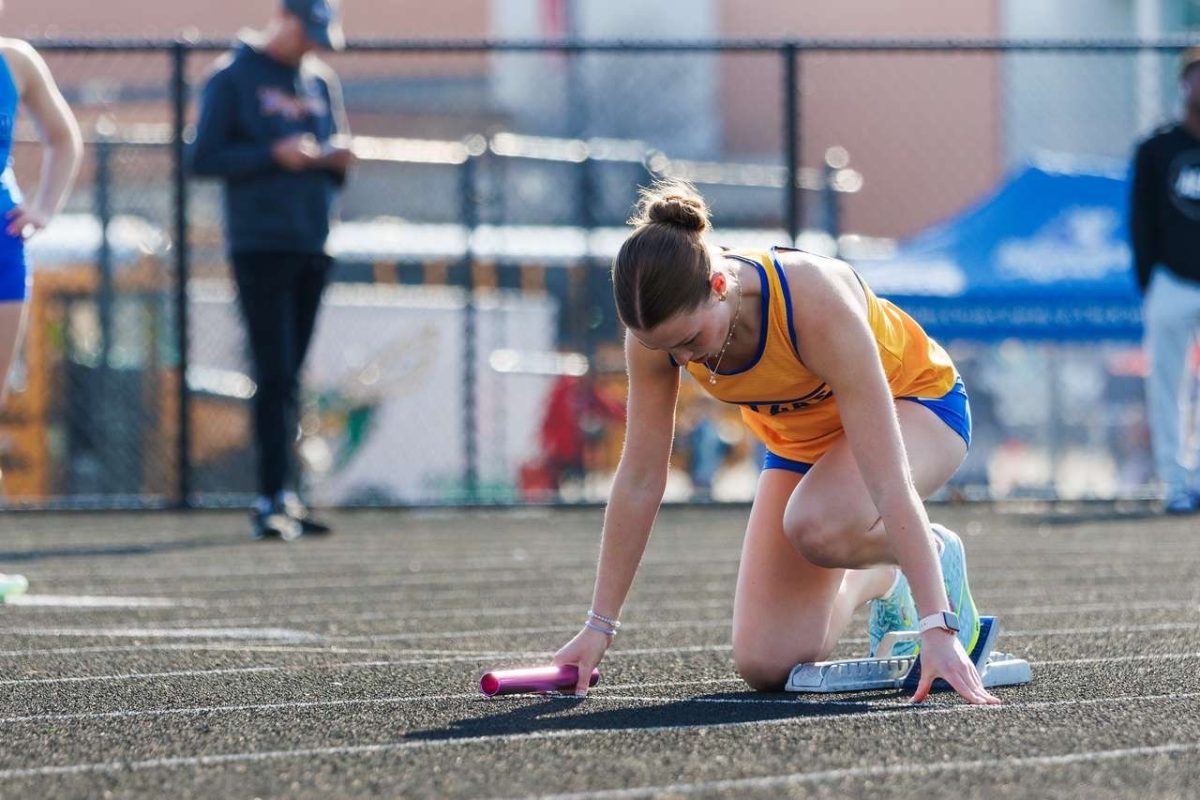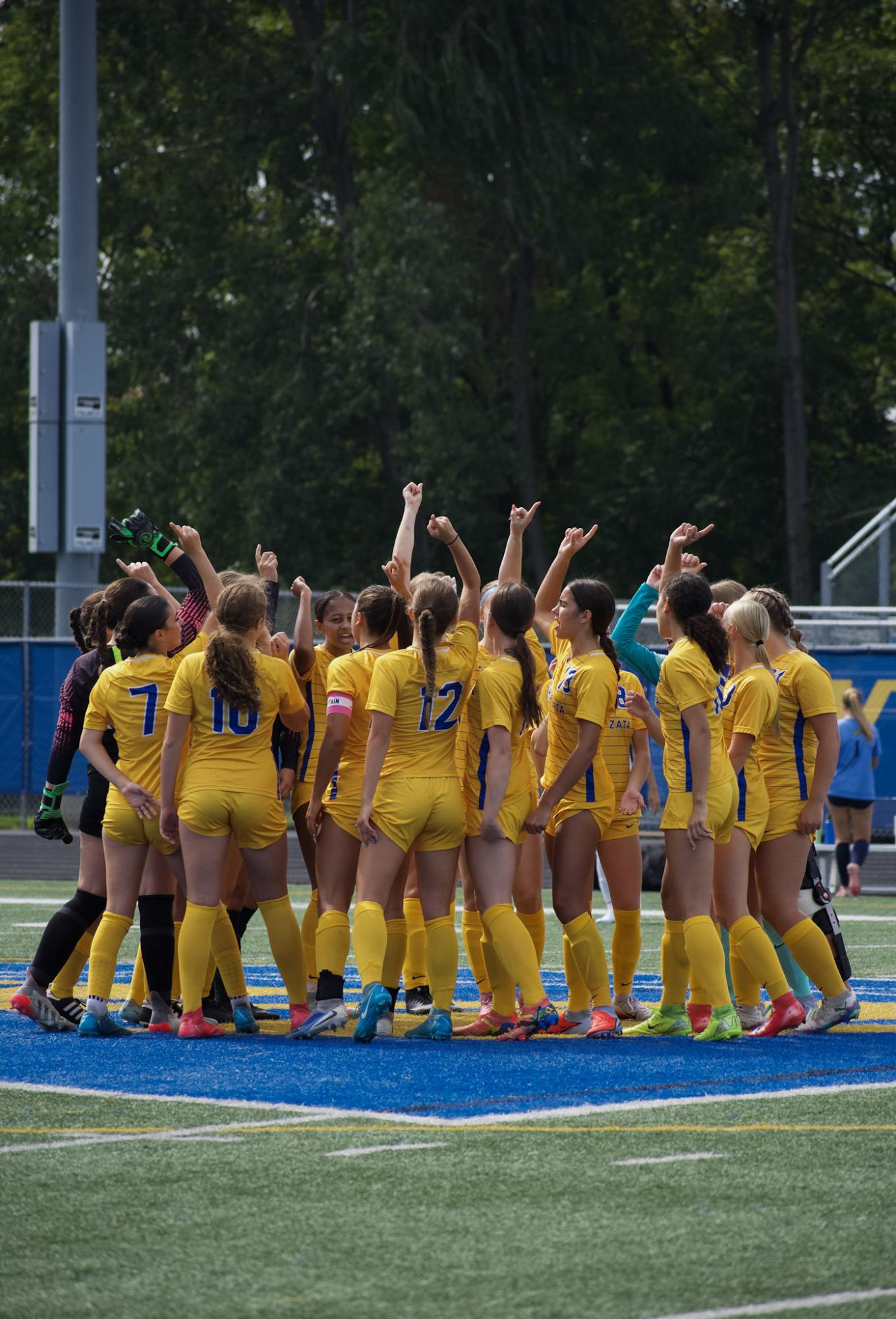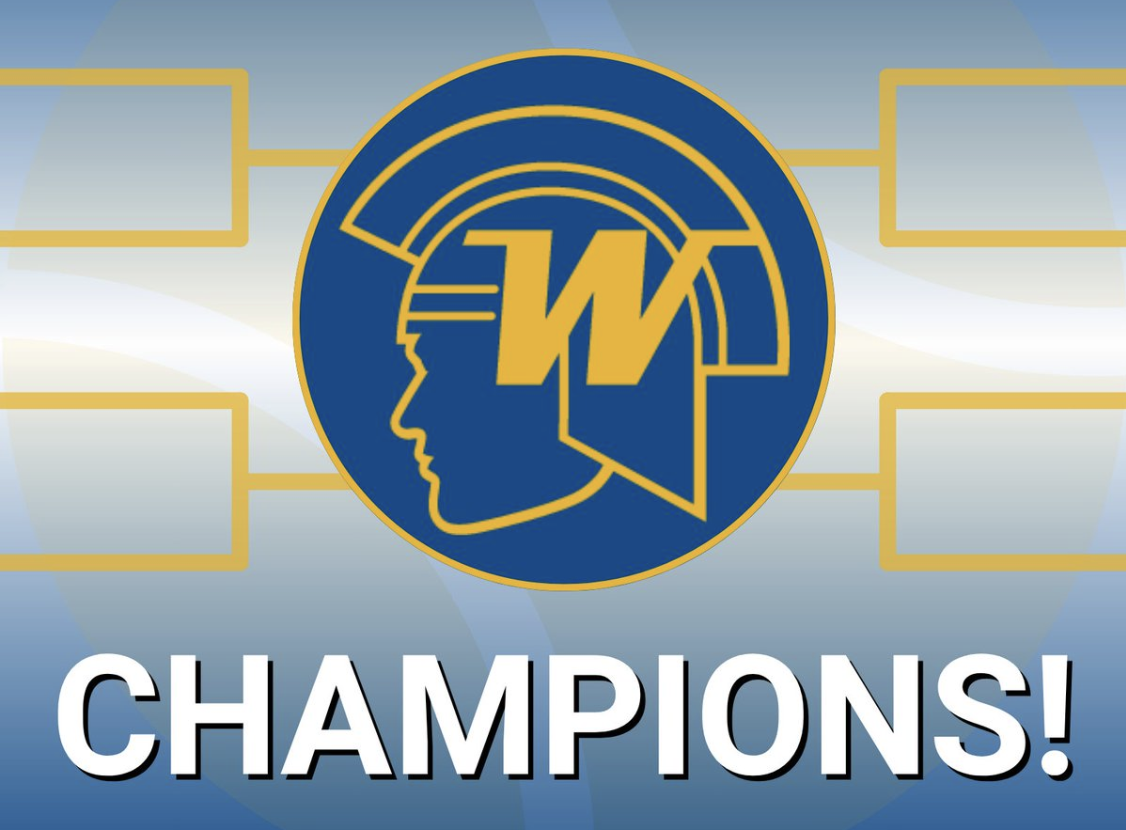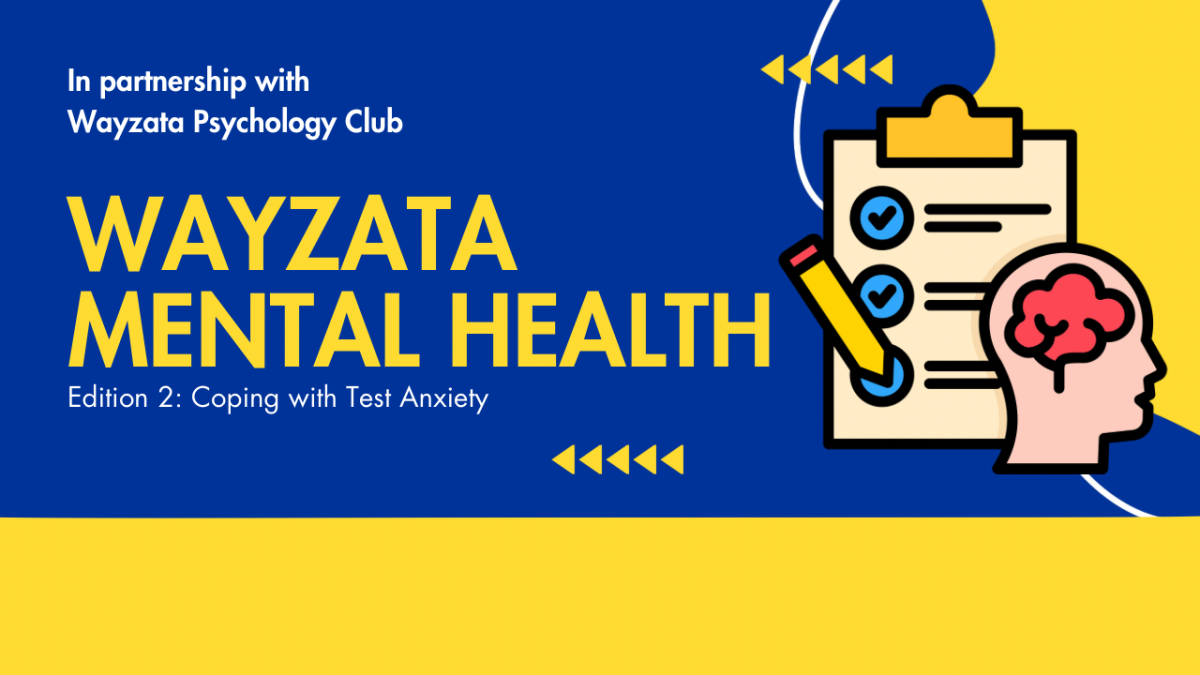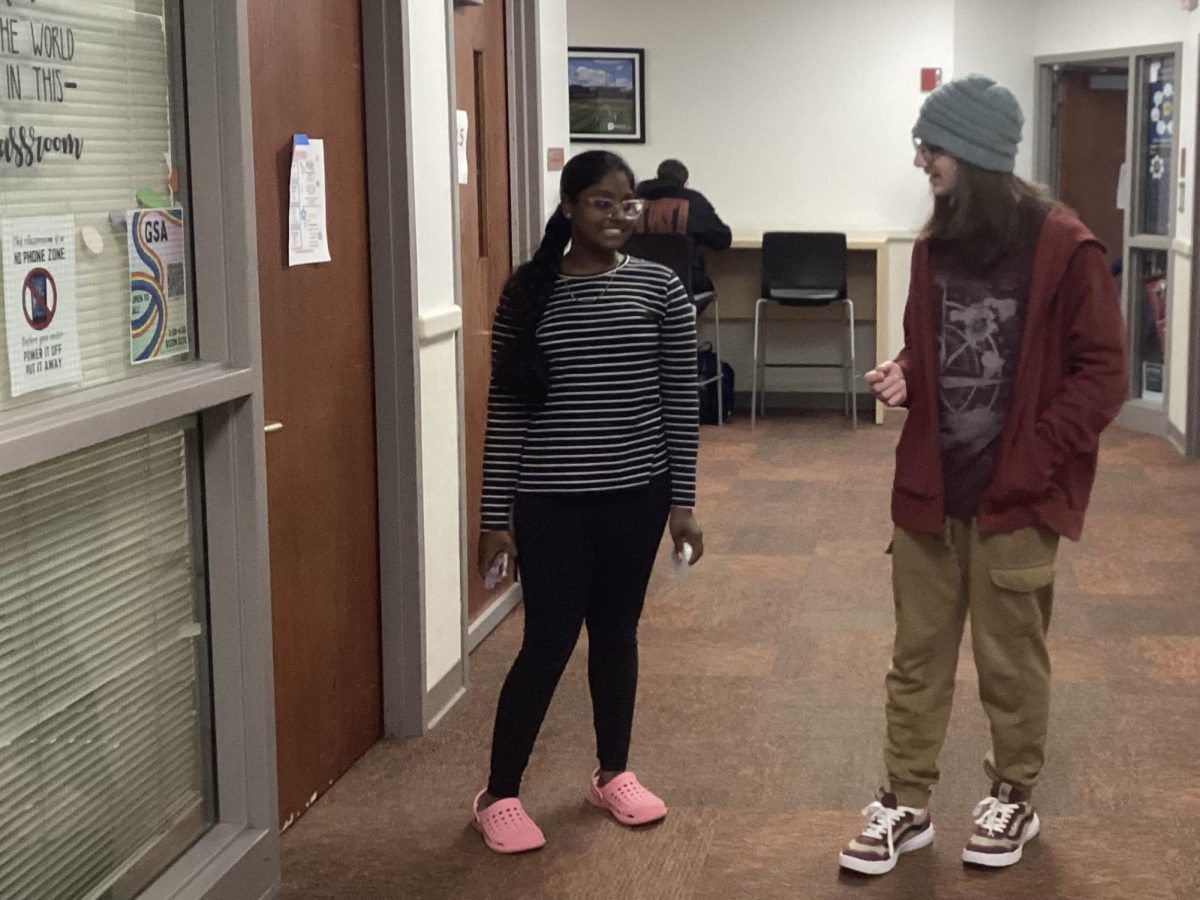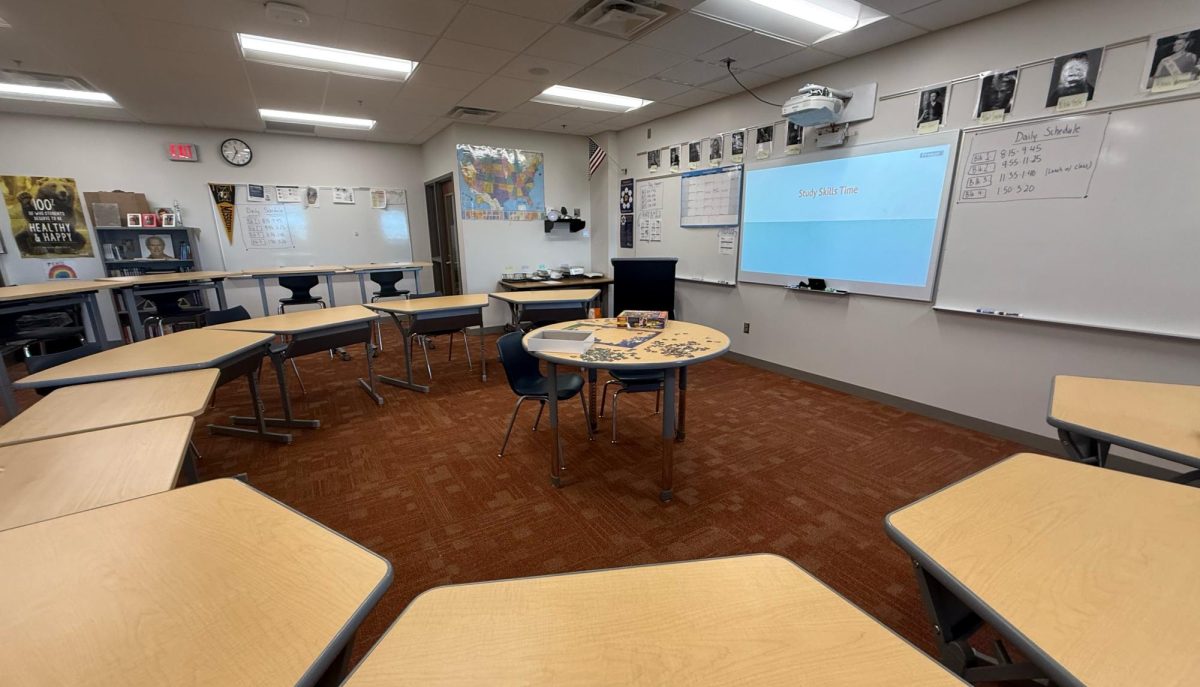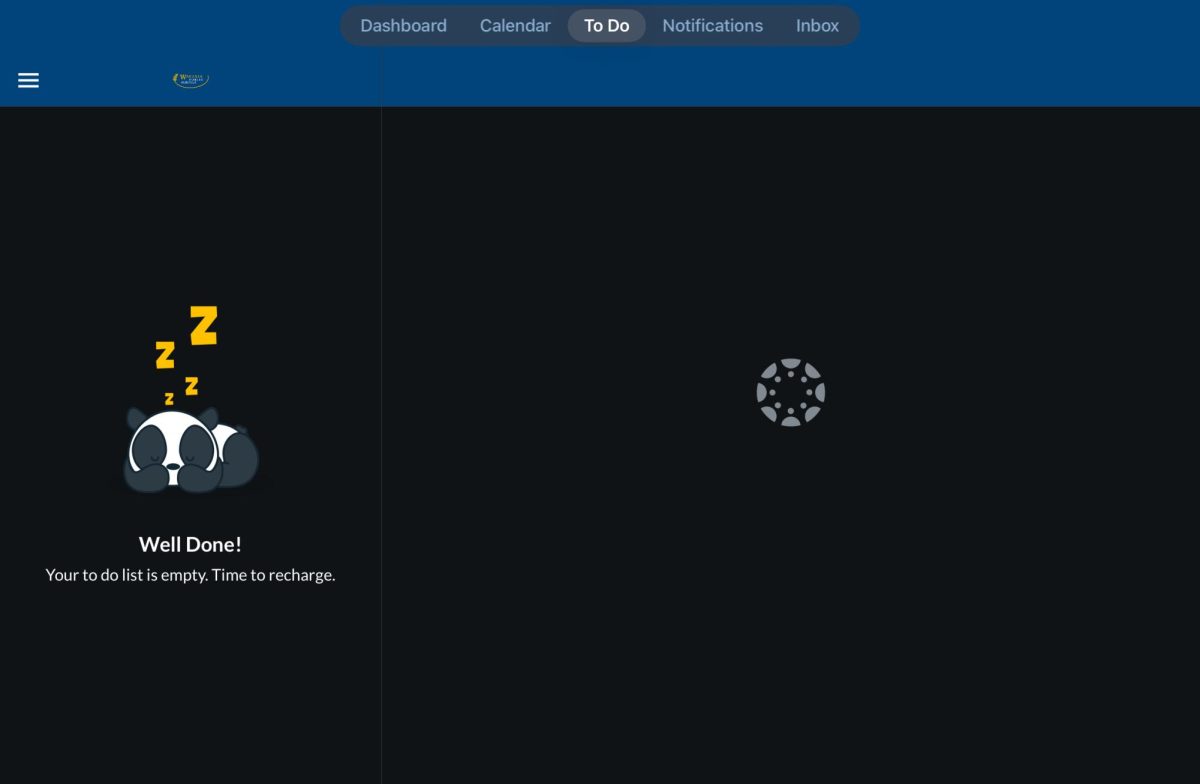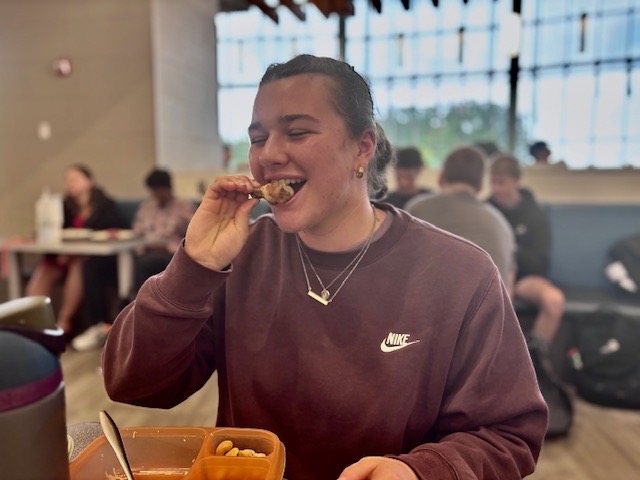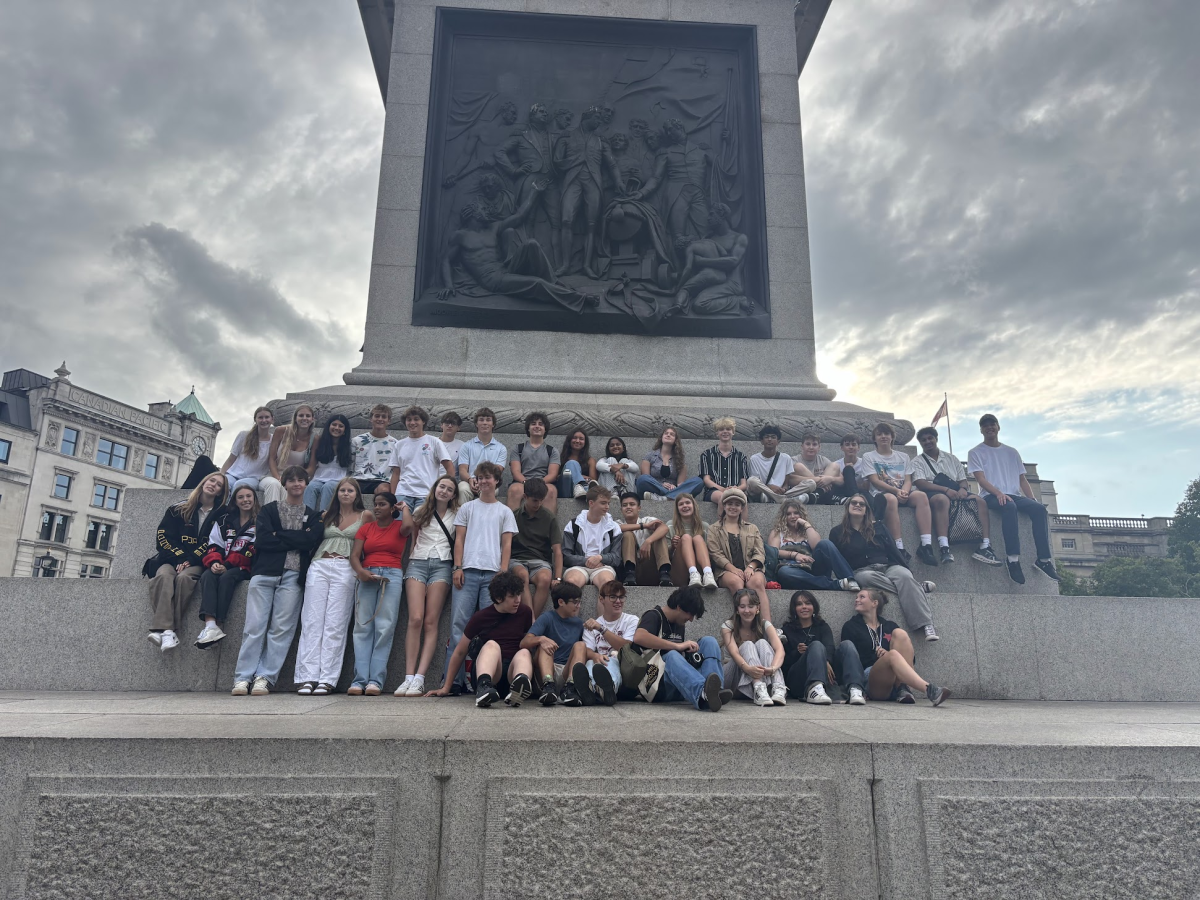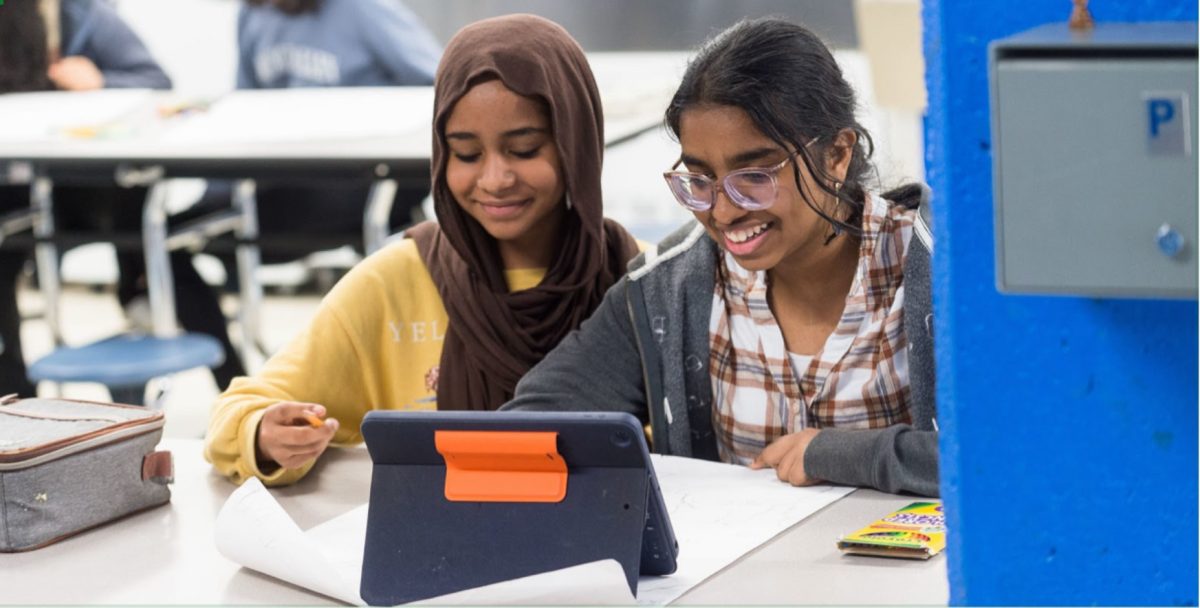In the past, WIN Time has often meant online chess tournaments played while scrunched up in the back of a class, secretive sessions of AP Calc homework, or playing Brawl Stars when a review for the term final is really more sensible. What was meant to be nearly an hour of productive, structured, small-group (or individual) review for students became a chaotic free-for-all.
This year, Wayzata staff have been working to ensure that this time can be used by students to deepen their understanding of class material. According to Emily Haugh, an advisor at Wayzata High School, “The reason that we have WIN Time is to ensure that all students have access to the extra instruction they need to find success within the school day…I think our push this year is to allow for more responsive, flexible instruction”. Her sentiment reflects how the staff view WIN Time, and how they’re taking student feedback into account to better organize it this year. She went on to say that WHS instructors will be encouraged to take creative approaches when attempting to support students’ growth in subjects that may challenge them. Depending on the teacher, students may find themselves in teacher-led groups, working independently, or using different methods to apply concepts and prepare for tests. In addition, this could include an increased number of formative assessments: quizzes, homework, and exit tickets.
Though this may come as bad news for many students, Mrs. Haugh expressed that “[teachers] all have students who need extra support, whether that’s frequently or just on a particular concept, so this builds in time to ensure that we can be responsive to their needs”. By providing teachers with quantitative data, they can better find out and explain challenging topics.
Opportunities, Not Limits
So how does blindly completing a review worksheet help improve test scores?
Don’t go into it blind.
When in class, establish which concepts are the most challenging. Ask questions. If the teacher won’t stop their lecture, write those questions down. WIN Time is the perfect chance to build a strong foundation and fill any cracks in comprehension. Students will also be encouraged to collaborate at certain times; seeing different perspectives may help to widen perspectives, force students to challenge their own thinking (or else learn how to logically defend it), and promote leadership. Learning to utilize what is available is a crucial life skill, and this applies to structured WIN Time as well. “Limits” may be placed on the use of students’ time however it is best to see these as more of an opportunity for students to learn how to grow and actively seek out information through what is given to them.
Once students know what challenges them, the rest is simple.
The teacher arranges small group discussions? A review worksheet? Homework? A formative quiz? These are all opportunities to work with your classmates, or even the teacher. Start with the questions that contain what is most challenging. The rest should be light work. Worksheets are perfect for in-depth analyses and finding connections. As for quizzes, the pressure is higher, but a few formative points won’t mean the end of the world. Take it, note the score, find out what kind of mistake was made, address it, and move on. It also mimics the environment of a summative test, but the stakes are much lower.
In the end, WIN Time is a protected 50 minutes where students can ask questions, work with others, and (try to) find passion and interest in some of the most textbook-heavy subjects.
And statistically, the chances of becoming a chess Grandmaster are lower than passing AP Chem, if only by a little.

